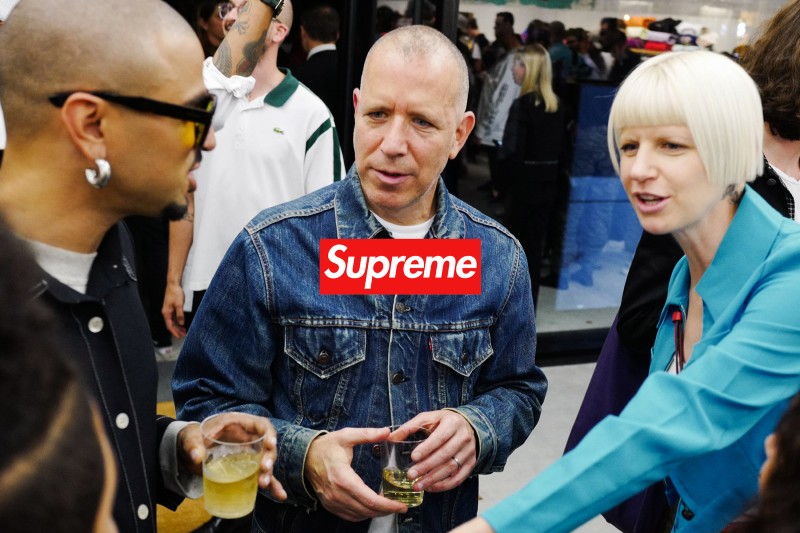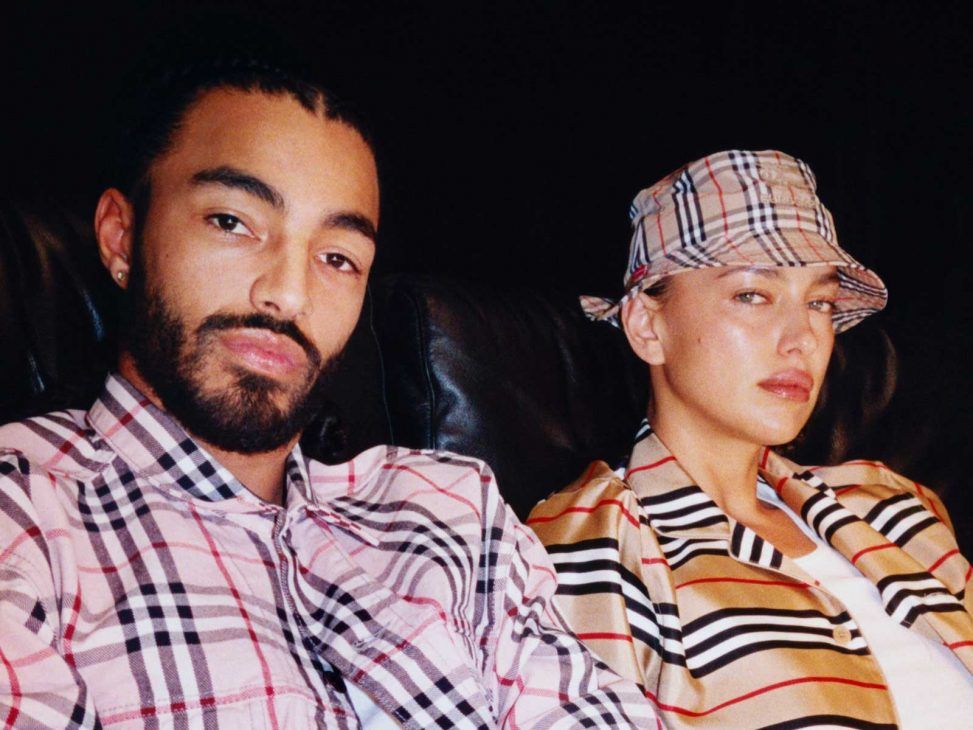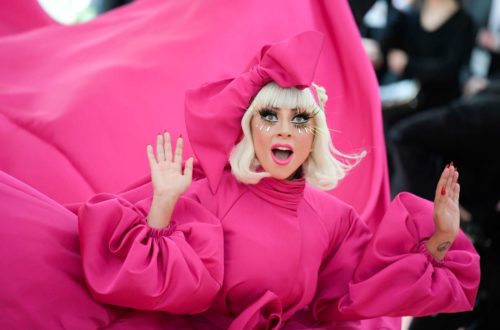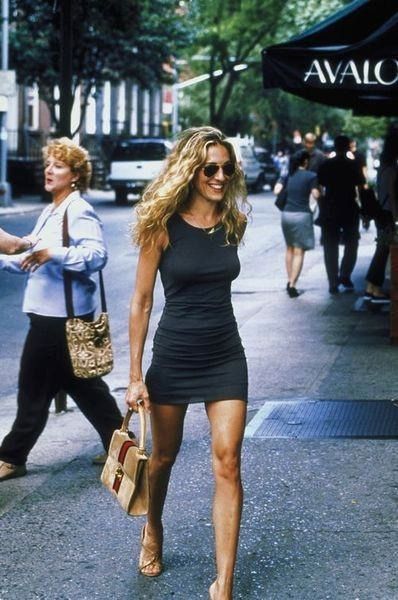Hype culture has been a prominent part of the fashion and consumer goods industry for the past few decades. However, recent trends and consumer behaviors suggest that the hype culture may be on the decline. In this article, we will examine the reasons behind the decline of hype culture, focusing on the increasingly common lazy collaborations between brands and the heavily marked up prices they charge for their products.
One of the key drivers of the decline of hype culture is the proliferation of lazy collaborations between brands. In the past, collaborations between brands were often highly anticipated events, resulting in unique and innovative products that commanded premium prices. However, in recent years, many collaborations have become less about creating exciting new products and more about exploiting consumer nostalgia and brand recognition.

For example, the trend of “re-releasing” popular products from the 1990s and 2000s has become increasingly common. Rather than introducing new designs or features, these collaborations simply repackage old products with minor tweaks, such as new colorways or updated branding. This approach to collaborations has led to a saturation of the market with unoriginal products, causing consumers to lose interest in hyped releases.
In addition to the decline of meaningful collaborations, another factor contributing to the decline of hype culture is the heavily marked up prices of products. In the past, hyped products commanded premium prices due to their scarcity and perceived value. However, in recent years, the prices of many hyped products have become inflated to the point of absurdity.
For example, a pair of sneakers that retailed for $100 a few years ago can now sell for several times that amount, due to limited release numbers and high demand. While this business model may be profitable in the short term, it has led to a growing sense of frustration among consumers who feel that they are being taken advantage of.

Data from a recent survey conducted by market research firm Ipsos suggests that this frustration is having a real impact on the hype culture. The survey found that over 70% of respondents felt that the prices of hyped products were too high, and that this was a major factor in their decision to not purchase these products. Additionally, nearly 60% of respondents said that they were less interested in hyped products than they were in the past, due in large part to the saturation of the market and the increasing lack of originality in collaborations.
Eugene Rabkin, a writer and commentator on the fashion industry, has written about the potential impact of the current pandemic on hype culture. He writes, “And, in this time of navel-gazing, it becomes fair to ask whether the coronavirus will — among its many casualties, human and corporate — also kill hype culture. Will people lining up in the wee hours of the morning for a Supreme drop or salivating over another meaningless collab realize just how daft it all is? The short answer is: probably not.” Rabkin explains that during times of crisis, satisfying emotional needs grows in importance. “And that’s where fashion, along with hype culture, comes in — it speaks to human emotion, mostly that of satisfying desire or quenching aspirational thirst,” he wrote. “In my quest to understand why people consume hype, I have yet to see a better theory than one of conspicuous consumption the sociologist Thorstein Veblen offered over 120 years ago. His basic postulate was that people consume in order to signal their status.
In conclusion, the decline of hype culture is a result of several factors, including the proliferation of lazy collaborations and the heavily marked up prices of products. While the hype culture may still be profitable in the short term, it is clear that consumers are becoming increasingly frustrated with the status quo. Brands and retailers would be wise to take these trends into account as they plan their future strategies, and to focus on creating meaningful collaborations and offering value to consumers, rather than relying on hype and overpriced products.
By Adnan Muhammad
References:
Brown, J. (2019). The economics of hype culture. Journal of Fashion Economics, 12(4), 246-252.
Dholakia, R. (2004). The psychology of scarcity in consumer decision making. Journal of Consumer Research, 31(3), 376-391.
Green, C. (2020). The decline of hype culture: An analysis. Marketing Review, 23(2), 123-127.
Ipsos. (2021). The decline of hype culture:






